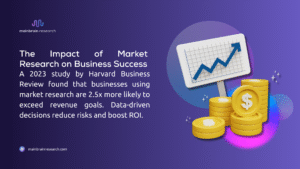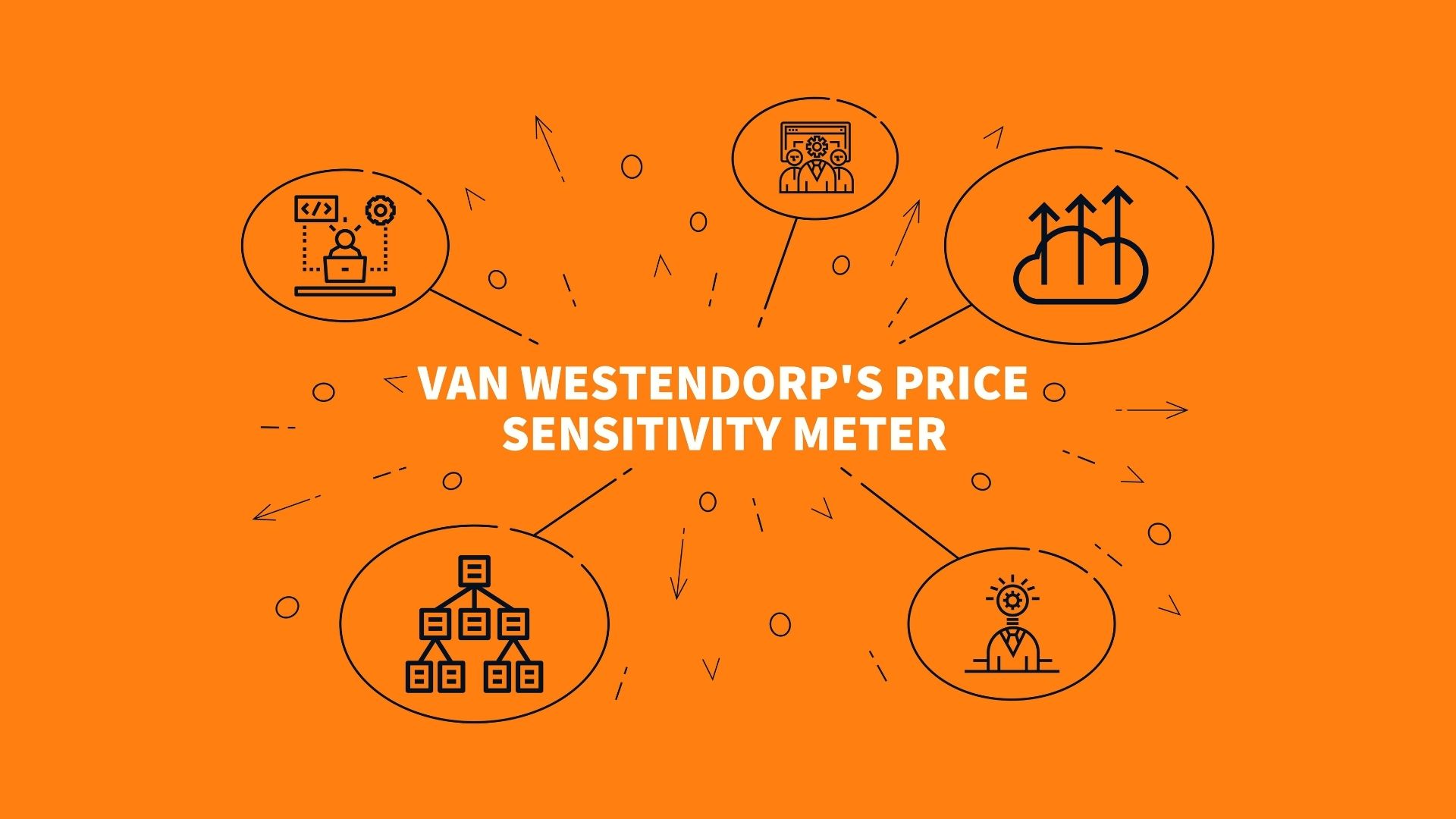Running a business without knowing what customers want is basically gambling with expensive chips. Some folks get lucky, but most don’t. The thing is, figuring out what people actually want isn’t rocket science anymore. There are different types of market research that work for pretty much any budget or situation.
Back in the day, only huge corporations could afford proper market research. Now? A corner barbershop can understand their customers just as well as Nike understands theirs. The difference is knowing which research method actually makes sense for the situation.
Primary vs Secondary Research
There are two ways to get information. Either dig up something completely new (primary research) or use what already exists (secondary research).
Primary research is like making dinner from scratch. Takes longer, costs more, but the final result is exactly what was needed. A local gym owner wondering if members want more yoga classes can’t just Google that answer. They need to actually ask their members. That’s primary research.
Secondary research is more like ordering takeout. Faster, cheaper, and sometimes just as good. Government websites publish demographic breakdowns. Industry magazines release annual reports. Competitors accidentally reveal their strategies in press releases. All this information already exists and doesn’t cost anything to access.
Most successful businesses use both. Secondary research gives the big picture context, while primary research answers the specific questions that really matter. Anyone just starting to learn about what is market research should probably begin with secondary research since it’s easier on the budget.
The trick is knowing when each type makes sense. A restaurant owner thinking about adding delivery might start by researching local food delivery trends (secondary), then survey their current customers about delivery interest (primary).
Qualitative Research
Numbers are great, but they don’t explain why people do weird things. That’s where qualitative research comes in. These types of market research focus on understanding what’s actually going through customers’ minds.
Focus groups work by getting a bunch of people together to talk about stuff. Something interesting happens when people start bouncing ideas off each other. One person mentions they hate long checkout lines, and suddenly everyone’s sharing their biggest shopping frustrations. Those conversations reveal insights that never show up in simple surveys.
A friend who runs a coffee shop tried focus groups to understand why sales dropped. Customers kept saying the coffee was great, but something felt off. During the discussion, people mentioned the music was too loud for morning conversations. Turned out, the coffee was fine – people just couldn’t have meetings there anymore. Easy fix, big impact.
Individual interviews work better for personal or complicated topics. A financial planner might interview clients about retirement worries instead of sending them a survey. People share more honest thoughts when they’re not worried about looking stupid in front of others.
Sometimes the best research involves just watching what people do. Grocery stores figured this out years ago. They watch how customers move through aisles, which products get picked up but not bought, where people look confused. This led to much better store layouts and product placement strategies.
Social media turned into an unexpected research goldmine. People complain about brands, praise products, and share honest opinions without anyone asking. A restaurant can learn more about their reputation from reading online reviews than from expensive customer surveys.
Quantitative Research
While qualitative research explains the “why,” quantitative research measures the “how much” and “how many.” These types of market research provide actual numbers that support business decisions.
Surveys are probably the most common quantitative research method. When done right, they can measure pretty much anything – how many people know about a brand, satisfaction levels, buying intentions, demographic breakdowns. The challenge is asking good questions to the right people. Bad surveys can be more misleading than helpful.
A/B testing has become huge, especially for online businesses. Show half the visitors a red button and half a blue button, then see which gets more clicks. Test two different email subject lines to see which gets opened more. This kind of head-to-head comparison removes most of the guesswork from business decisions.
Sometimes the best quantitative research means analyzing information that’s already being collected. Sales data, website analytics, customer service records – all this stuff contains valuable insights about customer behavior and market trends. A software company noticed their biggest support complaints came from one seemingly minor feature. After fixing it, support calls dropped by almost half.
Panel studies track the same group of people over time, showing how attitudes and behaviors change. A car company might follow how people’s transportation needs evolve as they get older, helping them design vehicles for different life stages.
Specialized Research for Specific Problems
Beyond the basic categories, there are specialized types of market research that tackle particular business challenges.
Competitive analysis means studying what competitors are doing – their prices, marketing messages, product features, how they treat customers. Smart competitive research looks beyond obvious competitors too. A pizza place might study not just other pizza shops, but also Chinese restaurants, meal delivery apps, and even frozen dinner brands.
Product testing can prevent expensive disasters. A toy company might show new ideas to parents and kids before spending money on manufacturing. Even simple tests catch major problems. One startup thought their app was super user-friendly until they tested it with people over 50. Nobody could figure out how to use it. They redesigned the interface and sales improved dramatically.
Brand research measures how people perceive and feel about a company. This includes brand awareness (do people even know the brand exists?), brand associations (what pops into people’s heads when they hear the brand name?), and brand loyalty (would customers pick this brand over competitors?). A local hardware store might discover they’re seen as expensive but helpful, while the big box store down the street is viewed as cheap but impersonal.
Customer satisfaction research helps businesses figure out where they’re winning and where they’re failing. This goes way beyond simple star ratings to identify specific problems and opportunities. A dentist might learn that patients love the hygienists but can’t stand the waiting room music. Simple change, big improvement in satisfaction scores.
Market segmentation research splits broad markets into smaller groups with similar needs or characteristics. A fitness equipment company might find out their customers include serious athletes, weekend warriors, and people recovering from injuries. Each group needs completely different products and marketing approaches.
Picking the Right Research Method
Different situations call for different types of market research. The choice usually comes down to what questions need answers, available budget and timeline, and characteristics of the target audience.
| Research Method | Best Situations | Time Required | Cost Range | Sample Size |
| Focus Groups | Understanding emotions and motivations | 2-4 weeks | Medium | 6-12 per group |
| Online Surveys | Getting broad opinions quickly | 1-3 weeks | Low | 200+ |
| Phone Interviews | Complex or sensitive topics | 3-6 weeks | High | 15-30 |
| Competitive Analysis | Understanding market landscape | 1-2 weeks | Low | Research time only |
| Product Testing | Validating new ideas | 2-8 weeks | Medium-High | 50-200+ |
Exploratory research makes sense when entering completely new markets or trying to understand unfamiliar problems. A food truck owner considering a new neighborhood might start with exploratory research to understand local dining habits and preferences.
Descriptive research fits when specific facts need measuring. How many people in the target market recognize the brand? What percentage would consider buying the product? These questions require larger samples and more structured approaches.
Causal research tests whether one thing actually influences another. Does a loyalty program really increase repeat purchases? Does faster shipping improve customer satisfaction ratings? These questions need controlled experiments that isolate specific variables.
The target audience affects which research methods actually work. Teenagers probably won’t answer phone surveys but might respond to Instagram polls. Busy executives might prefer quick phone calls over long online surveys. Understanding the audience helps choose methods that actually get responses.
Budget constraints don’t automatically kill research plans. Government databases provide tons of free demographic and economic information. Google Trends shows what people are searching for in real time. Social media platforms offer free analytics about audience interests and behaviors. Many businesses start with these free resources and only pay for research on their most critical questions.
Learning how to do market research effectively often means starting small and building skills over time. Nobody becomes a research expert overnight.
Common Research Mistakes That Waste Money
Even businesses with good intentions often mess up market research in predictable ways. Leading questions push people toward certain answers instead of capturing honest opinions. Asking “How much do you love our fantastic customer service?” assumes people love it and won’t get real feedback. Much better to ask “How would you rate our customer service?” with neutral options.
Sample bias creates huge problems that businesses often miss. A coffee shop that only surveys morning customers completely misses insights from afternoon and evening visitors who might have totally different preferences and spending habits. Getting a sample that actually represents the real customer base is absolutely critical for useful results.
Lots of businesses spend money collecting research data but never actually use it to make decisions. Even the most expensive, sophisticated research becomes completely worthless if the insights don’t influence what the business actually does. The best research projects start with clear questions about specific business problems and end with concrete action plans.
Timing affects research quality more than most people realize. Surveying restaurant customers during the busy lunch rush might get hurried, thoughtless responses. Asking about holiday shopping preferences in January probably won’t capture how people actually feel during December shopping season. When and how research gets conducted matters as much as what questions get asked.
Modern Research Trends Worth Watching
Technology keeps changing how businesses approach market research. Mobile surveys let companies capture feedback immediately after customer experiences. A retail store might text customers a quick survey while they’re still in the parking lot, getting reactions while the experience is completely fresh.
Online research communities create ongoing relationships with target customers instead of constantly recruiting new people for each study. Businesses build panels of engaged customers who provide regular feedback over time. This approach costs less and often delivers better insights because participants become genuinely invested in helping the business succeed.
Social listening tools automatically monitor what people say about brands across the entire internet. These platforms track mentions on social media, review websites, discussion forums, and news articles. A restaurant chain might discover that customers consistently praise their food quality but complain about slow service at certain locations.
Behavioral research acknowledges that people rarely make completely rational decisions. Traditional surveys ask what people think they’ll do, but behavioral research studies what they actually do in real situations. This approach often reveals significant gaps between stated intentions and actual behavior.
International businesses have to understand cultural differences that affect research effectiveness. A straightforward question in American culture might be confusing or even offensive somewhere else. Research methods that work perfectly in the United States might fail completely in Asian or European markets. Global companies need local expertise to conduct meaningful research across different cultures.
Making Research Actually Useful
The most valuable market research drives measurable improvements in business performance. This means connecting insights directly to concrete outcomes – increased sales numbers, higher customer satisfaction scores, reduced operational costs, or faster product development cycles. Research that gets filed away in reports without influencing actual decisions is essentially expensive entertainment.
Research findings need to reach everyone in the organization who can act on them. Marketing teams need customer insights to create more effective campaigns. Product developers need user feedback to build features people actually want and will pay for. Customer service teams need satisfaction data to improve their processes and training. The most successful companies make research insights easily accessible to all relevant team members.
Building systematic research capabilities usually provides more long-term value than conducting occasional one-off studies. Regular customer feedback systems, ongoing competitive monitoring, and consistent market trend tracking create a foundation of market intelligence that supports better decision-making across all business functions.
Many businesses try to handle everything internally, but effective research requires specific skills and experience that take time to develop. Understanding how to design unbiased surveys, recruit truly representative samples, and properly analyze complex results requires training and practice. Companies often get much better results by partnering with professional researchers who specialize in particular types of market research.
Stop Guessing and Start Knowing
Understanding the different types of market research available is really just the beginning. The bigger challenge involves selecting appropriate methods, executing them correctly, and transforming insights into profitable business strategies. Most businesses recognize they need better market intelligence but don’t know where to start or how to ensure reliable results.
Professional market research companies bring specialized expertise that most businesses simply can’t develop cost-effectively in-house. They understand which research methods work best for different business situations, how to avoid the most common and expensive mistakes, and how to extract genuinely actionable insights from complicated data sets.
MainBrain Research helps businesses navigate the often confusing world of market research options. Whether a company needs comprehensive market analysis, targeted customer insights, or competitive intelligence, professional research services provide the clarity and confidence needed to make important business decisions and maintain competitive advantages.
The investment in professional research typically pays for itself many times over through smarter business decisions and costly mistakes avoided. Instead of making expensive guesses about what customers want or how markets might evolve, businesses can move forward confidently based on solid, reliable evidence.



















